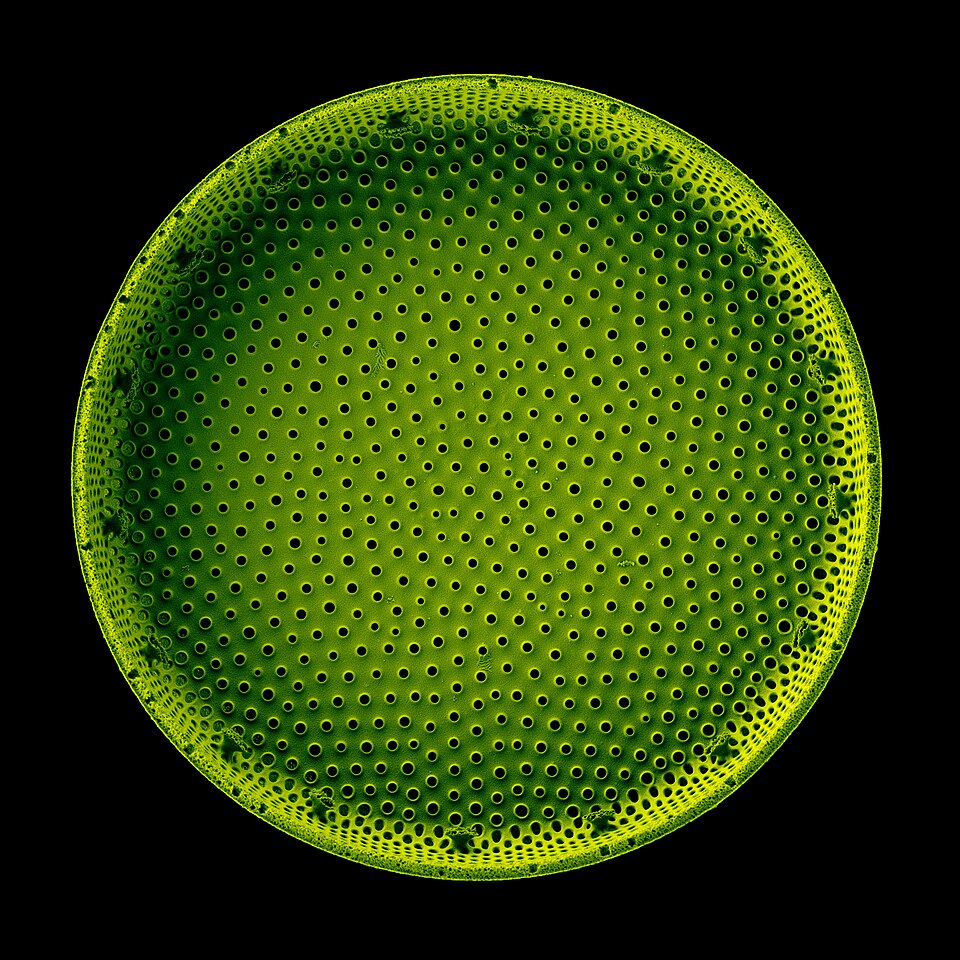Innovative Mechanism Discovered in Microalgae Enhances Photosynthesis

In a groundbreaking study, researchers from the Skolkovo Institute of Science and Technology (Skoltech) have unveiled a sophisticated light manipulation mechanism used by diatom microalgae, which could significantly enhance photosynthesis. The study, published in the journal Optica on July 23, 2025, highlights how these microscopic organisms utilize intricately patterned silicon dioxide shells to optimize their light absorption capabilities, potentially paving the way for advancements in various technological fields such as photonics, biosensors, and renewable energy solutions.
Diatoms, a prominent group of microalgae, are integral to marine ecosystems, accounting for nearly half of the organic material in oceans and contributing approximately 25% of the Earth's oxygen supply. Their unique glass-like cell walls, characterized by complex pore patterns, not only serve protective functions but also play a crucial role in manipulating light to maximize solar energy usage at greater ocean depths.
According to Associate Professor Sergey Dyakov, the lead author of the study, "By investigating the optical properties of diatoms of the species Coscinodiscus oculus-iridis, we have demonstrated that these algae's frustules, with their intricate pore patterns, exhibit the Talbot effect." This optical phenomenon occurs when light diffracts through the patterns, creating multiple focal points within the shell that enhance light harvesting.
Dyakov further noted that while the exact evolutionary purpose of these sieve-like shells remains uncertain, it is clear that diatoms exploit them to improve photosynthetic efficiency, possibly by strategically positioning their light-absorbing chloroplasts. The research team has confirmed the presence of the Talbot effect through calculations and is planning experimental validation using a scaled-up artificial structure designed to mimic the natural hole patterns found in diatom frustules.
Senior Research Scientist Julijana Cvjetinovic, a co-author of the study, elaborated on the implications of these findings for biomimetic technology. "As we gain deeper insights into the properties of diatom frustules, some of these mechanisms could eventually be integrated into photonic devices, light-sensitive coatings, and photovoltaics, potentially leading to advancements in artificial photosynthesis systems that convert light energy into chemical fuel," Cvjetinovic explained.
Professor Dmitry Gorin, the principal investigator of the grant project, emphasized the importance of diatoms as subjects of research. He remarked, "Diatoms are an extraordinary example of nature's mastery in combining optical and mechanical properties over millions of years of evolution. Further studies of their physical and biochemical characteristics will undoubtedly yield more fascinating discoveries."
This innovative research not only sheds light on the remarkable adaptability of diatoms but also opens new avenues for applying natural principles to human technological advancements. The findings could lead to the development of more efficient solar energy systems and light management technologies, aligning with the global push for sustainable energy solutions. As the study progresses, the scientific community anticipates further revelations regarding the capabilities of these remarkable microorganisms in enhancing our understanding of both natural processes and technological innovation.
Advertisement
Tags
Advertisement





